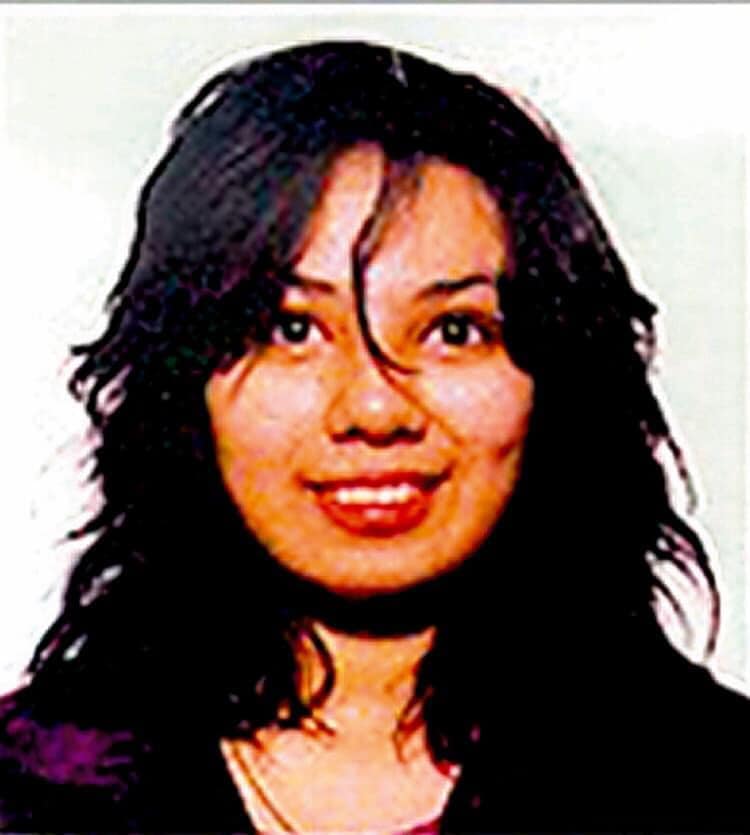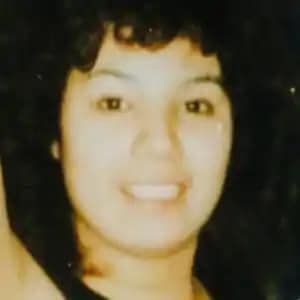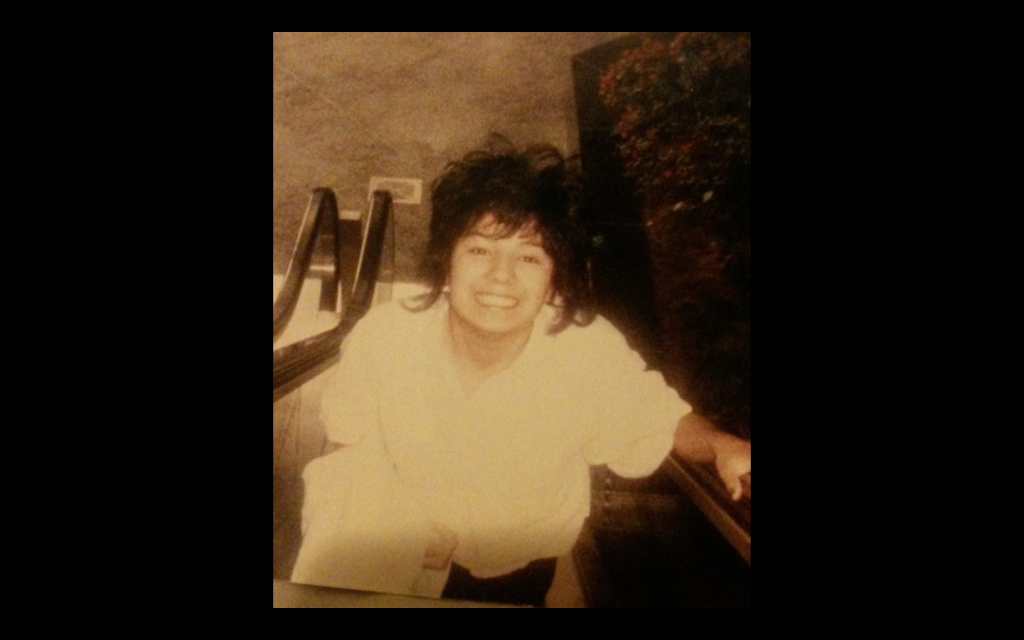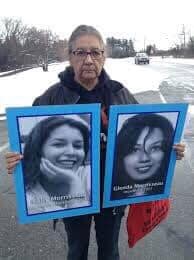Glenda Morrisseau
From 2001 to 2014 the average rate of homicides involving Indigenous female victims was four times higher than that of homicides involving non-Indigenous female victims.
Glenda’s case is the subject of the APTN series Taken (S1 Ep4)
The documentary on Glenda is also available on True Crime Central's Youtube channel.
The following is taken from a CBC news article calling for witnesses and assistance with this unsolved murder.
🧡 🧡 🧡 🧡 🧡 🧡 🧡 🧡 🧡 🧡
Mitchell Morrisseau remembers his sister as someone who was happy, and thrilled to be in a relationship with her boyfriend. She was a high school student who loved to go out with friends but also found comfort being around family.
Glenda lived with her mother and stepfather in Winnipeg, and was close with her sisters. “She was a very nice girl. She was always at home,” Mitchell said. “She dressed up nice; nail polish, her fingers and her toe nails.”
On July 17, 1991, Glenda, who was from Manitoba’s Sagkeeng First Nation, never returned home. Mitchell Morrisseau says he went out with his sister, Doreen Morrisseau, and their mother and stepfather that night. “She [Glenda] came to the Stock hotel and had a few beers with me. We played pool,” he said. “Then I left them. That’s when I heard the next day she was missing.”
Morrisseau says only his sister Doreen can explain what happened. “What I heard was my sister was bringing [Glenda] home and she leaned her against the fence on Logan [Avenue] and made her stand there until she got the door opened,” he said. That was around 2:30 a.m. “Then the door opened and she turned around and she seen a car taking off with her,” Morrisseau said. “They grabbed her from the fence there and threw her in then took off with her.”
According to a Winnipeg Crime Stoppers advertisement, an older model, full-sized, dark station wagon stopped to pick up Glenda.
The driver is described as a middle-aged man. A few weeks later, police officers arrived at the family’s doorsteps. “They asked us what she was wearing, was her nails coloured,” Morrisseau said. Glenda’s body was discovered on the morning of Aug. 7, 1991 by a passerby. She was naked from the waist down.
“From what the police told us, she was screaming for help and she was hit with a cinder block to the back of the head and it killed her instantly,” Morrisseau said. Glenda’s hands were tied behind her back. She was found in a scrapyard in an isolated area in Winnipeg’s St. Boniface district. Her body was badly decomposed.
“Still today, I feel like, ‘Oh, she was a native woman and they don’t really care about what’s happening with her,” Morrisseau said.
He says the family rarely hears back from police and are not satisfied with the investigation. “Did they find anybody? We don’t know that. Is it solved yet? We don’t know that.”
Around 2014, Morrisseau say detectives came by to the house to say they might reopen the case. Morrisseau says he never sees any news coverage about his sister anymore. The most recent coverage had to do with a mural of Glenda and other missing and murdered indigenous girls and women that was painted on an overpass bridge in the city.
“My mother just waits and waits with what’s happening,” Morrisseau said about his mother, Evelyn Morrisseau, 74. Morrisseau hopes there will be a federal inquiry into Canada’s missing and murdered indigenous girls and women. “There’s too many murdered women and it keeps continuing, everyday there’s a body or someone’s murdered. Too many years have gone by, and there are still no answers,” he says.
This woman was a daughter, girlfriend, sister and aunt. Her niece, Kelly Morrisseau is also among unsolved murder statistics of MMIW.
Glenda was a real person.
- More information can be found at the Manitoba Association of Chiefs of Police Unsolved Mysteries website.




